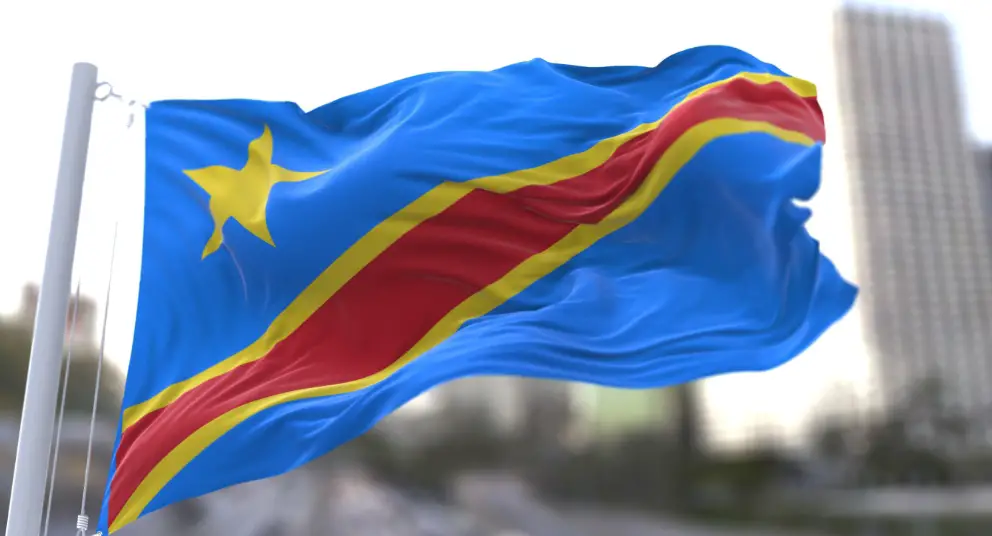In the heart of Central Africa lies the Democratic Republic of the Congo (DRC), a nation brimming with cultural diversity and rich linguistic heritage. Within this tapestry of languages, Congolese Sign Language (CSL) serves as a vital means of communication for the deaf community, representing a unique and thriving aspect of Congolese culture.
The History of Congolese Sign Language
CSL traces its origins back to the grassroots efforts of the deaf community in the DRC. Like many sign languages around the world, CSL emerged naturally within deaf communities as a visual-gestural mode of communication, evolving and adapting within local contexts.
The precise timeline of CSL’s development remains less documented compared to more widely recognized sign languages. However, its growth and evolution parallel the experiences of deaf communities in other nations, where individuals devised their own sign systems to facilitate communication and community interaction.
Government Recognition and Support
While official recognition and support for CSL have been somewhat limited, there have been notable steps towards acknowledgment and inclusion. Efforts by the deaf community, advocacy groups, and educational institutions have pushed for greater recognition of CSL as a legitimate language deserving of support and protection.
In recent years, there have been calls for the recognition of CSL as an official language, highlighting its importance in fostering inclusivity and providing equitable access to education and services for the deaf population in the DRC.
Usage and Community Impact
Estimating the precise number of CSL users presents challenges due to varying factors, including the vast geographical and linguistic diversity within the DRC. However, CSL serves as a primary means of communication for a significant portion of the deaf population in urban centers and regions where deaf communities are more concentrated.
CSL is not only a tool for communication; it is a binding force within the Congolese deaf community, fostering a sense of identity, belonging, and solidarity among its users. Deaf individuals rely on CSL to access education, employment opportunities, and social integration, making it an essential aspect of their daily lives.
Facts and Unique Aspects
- Linguistic Diversity: The DRC is known for its linguistic diversity, with hundreds of languages spoken across the country. CSL, despite being a sign language, mirrors this diversity through regional variations and dialects within different deaf communities.
- Cultural Significance: CSL embodies the vibrancy and resilience of Congolese culture. Through its gestures, expressions, and evolving lexicon, CSL reflects the experiences, traditions, and unique perspectives of the deaf community in the DRC.
- Advocacy and Awareness: Organizations and individuals within the deaf community have been actively advocating for the rights of deaf individuals and promoting awareness about CSL, aiming to break down barriers and ensure equal opportunities for the deaf population.
In conclusion, Congolese Sign Language stands as a testament to the resilience and ingenuity of the deaf community in the DRC. As efforts continue to advocate for its recognition and support, CSL remains a vital tool for fostering inclusivity, empowerment, and cultural preservation within the vibrant tapestry of Congolese society.



